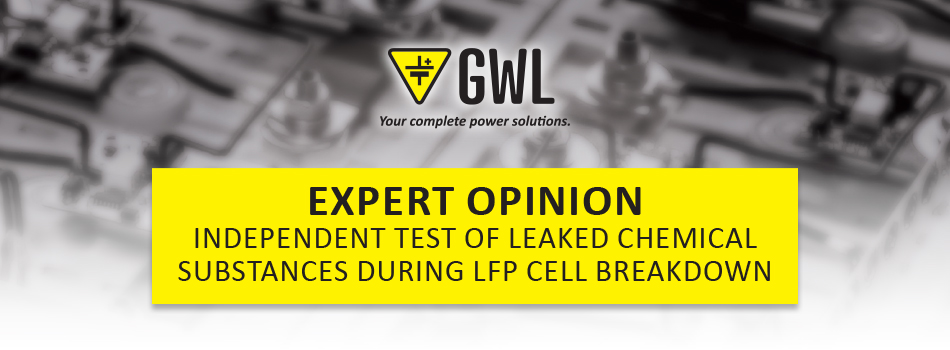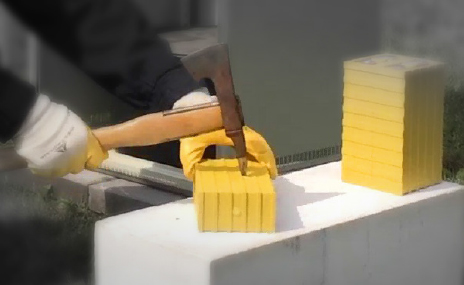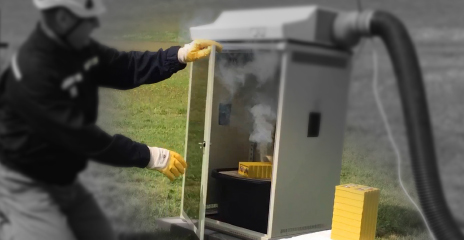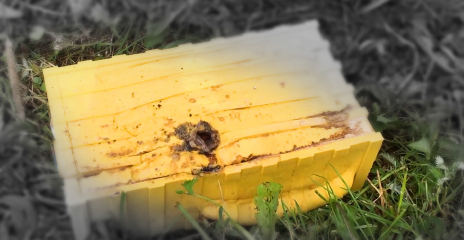

The experiment itself consisted of mechanical damage, i.e. puncture of the LFP cell housing, its placement in an improvised test chamber and sampling of emerging aerosol by the testing laboratory 1592 Detekta s.r.o., Laboratory of Emission Measurement, Franzova 63, 614 00 Brno-Maloměřice (Operational Measurement Report No. 124/2019).
In the course of the tests, samples of volatile organic compounds were taken by accredited method 1E ZL 1592 in accordance with the annex to the certificate (Annex to the Certificate ZL 1592)



LiFePO4 is a substantially safer cathode material than LiCoO2 as the Fe-P-O bond is stronger than the Co-O bond. In the case of short circuits, overheating and/or other misuses, it is significantly more difficult to remove oxygen atoms.
This stabilization of the redox reaction also facilitates rapid ion transfer. The cell crash occurs only at extreme overheating, at temperatures of 800 °C and higher (Ravet et al. 2002).

Lithium-iron-phosphate cells are known to have a very thermally stable cathode material that exhibits a significantly lower thermal response.
However, these cells contain reactive and flammable materials and therefore it is necessary to identify possible sources of risk of fire or breakdown of these cells.



Overcharging LFP cells in most cases does not result in cell breakdown (Larsson and Mellander 2014), but experience with overcharged LFP cells shows that these cells are less heat stable and are more susceptible to fire due to much higher activity of cell materials (Ouyang et al. 2017).
Short-circuit tests in most cases have not shown a significant rise in cell temperature even when the current reaches about 1000 A (Larsson and Mellander 2014).
Regardless of the immediate cause, the emission of several toxic substances in the form of an aerosol can be considered in an LFP cell breakdown. The most important are hydrogen fluoride (HF) and phosphorus oxyfluoride (POF3).

The only effective way to reduce the risk of emission of toxic substances in a breakdown is to robustly protect LFP cells from mechanical damage.
If mechanical cell damage occurs, the only technique is to reduce the toxic concentration of hydrogen fluoride by diluting the waste gas with a sufficient quantity of clean ambient air.

Full report in PDF file is provided via e-mail per request, available in Czech or English language.
Please describe what is the most important information you are looking for.

 English
English Česká republika
Česká republika Germany
Germany France
France España
España Italia
Italia Sverige
Sverige Polski
Polski Nederland
Nederland








